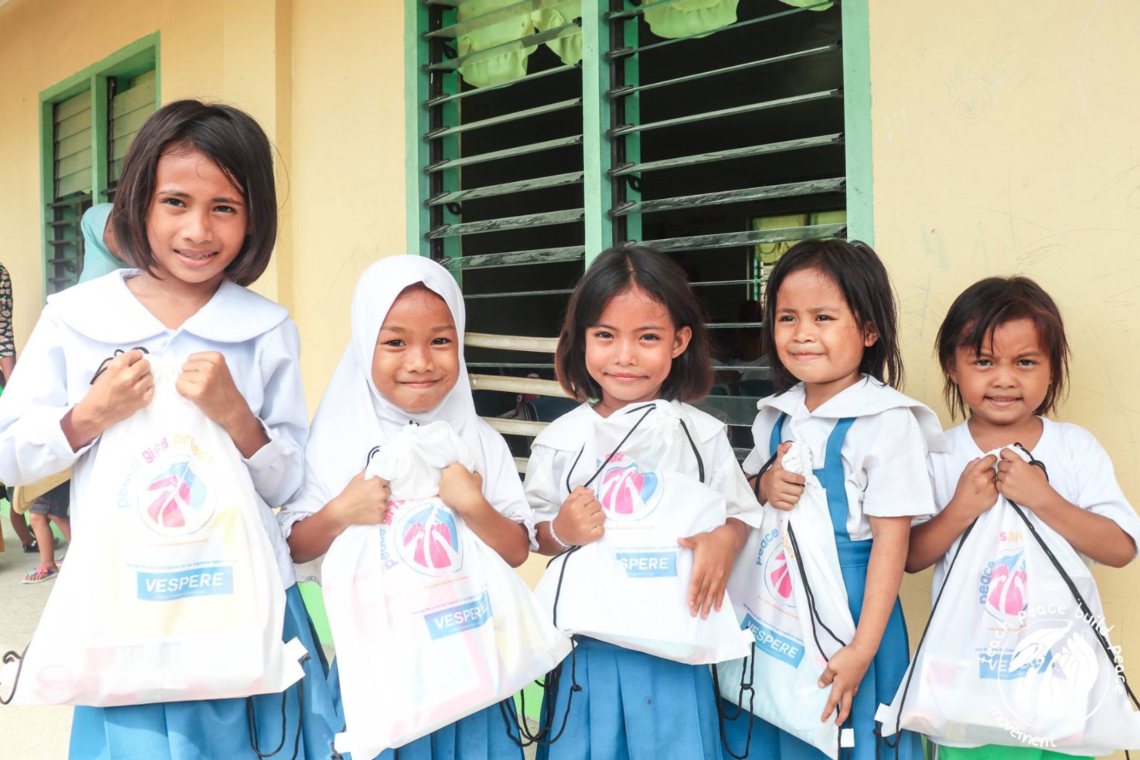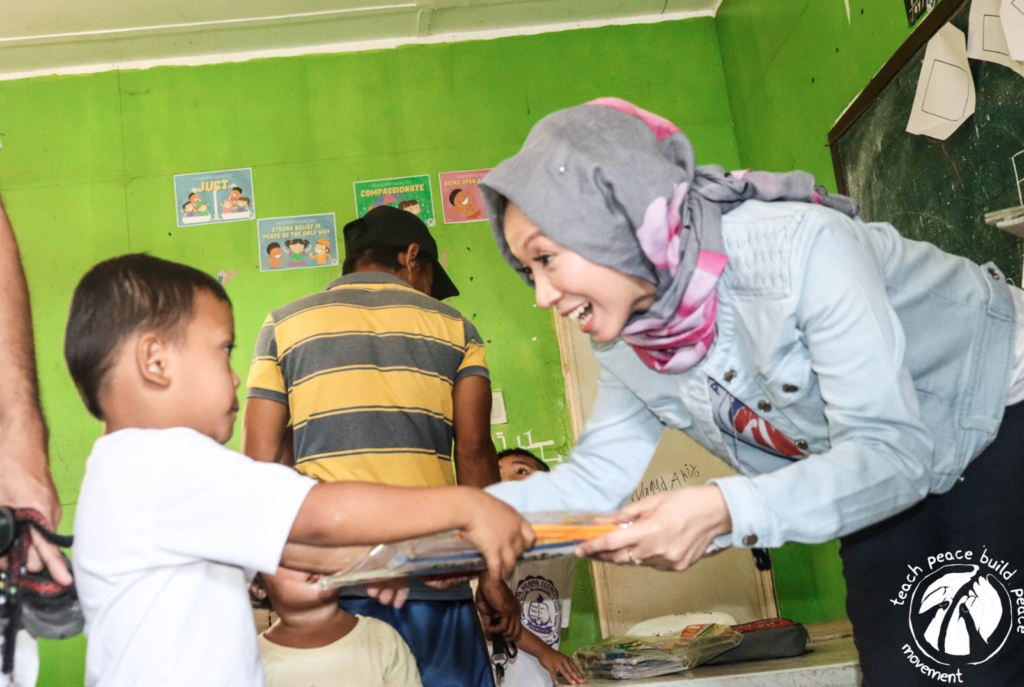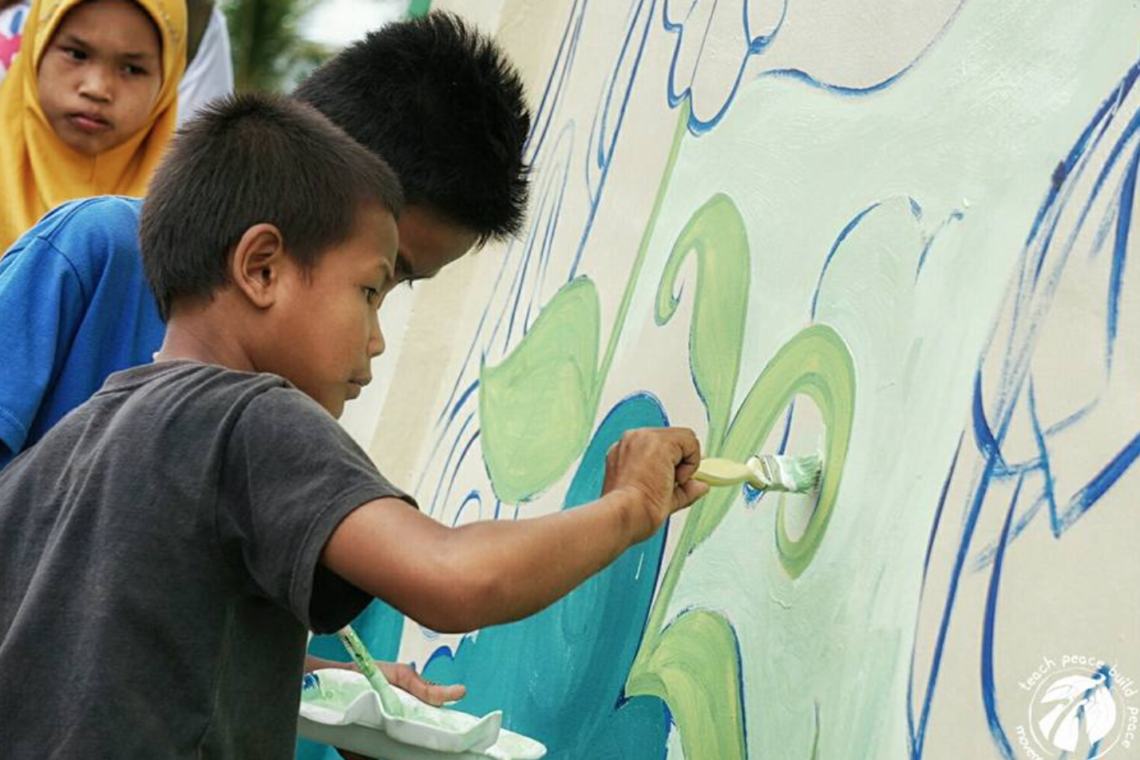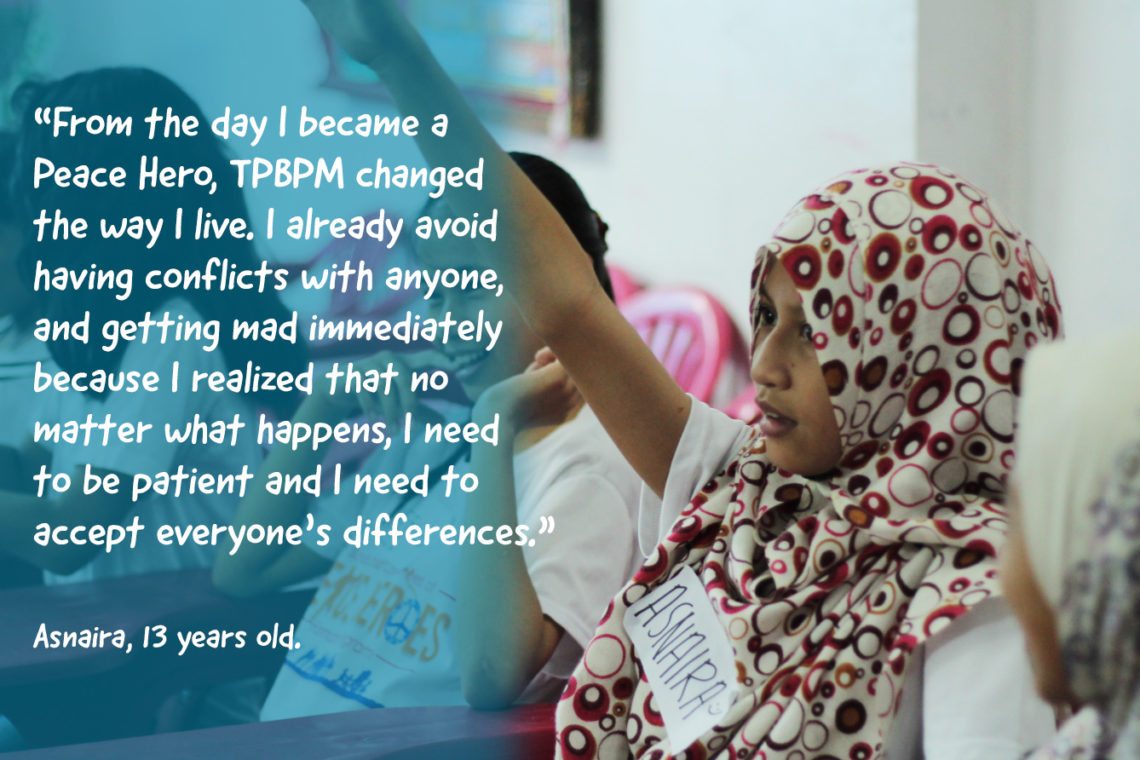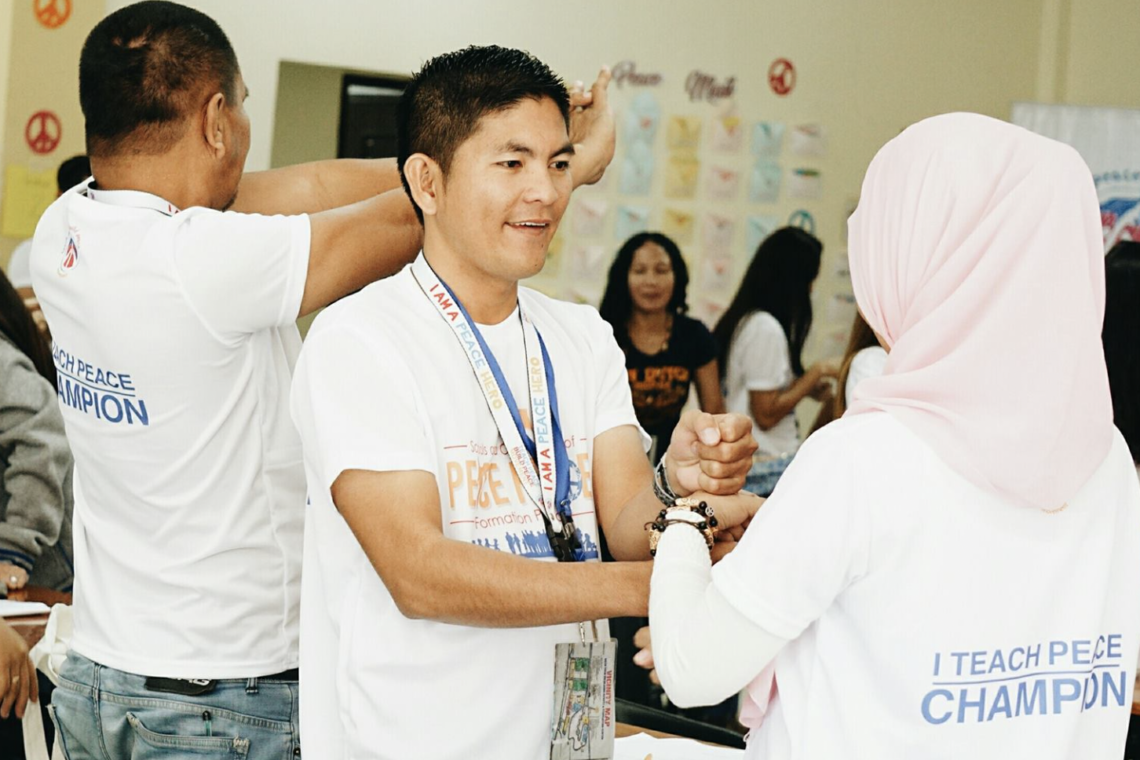Tell us something about yourself.
I was born and raised in the Province of Iloilo, and then I moved to Manila in 2015 to study for college. Currently, I am a 2nd-year law student at the University of San Agustin, Iloilo City. My years of experience and exposure in both conflict and non-conflict zones in the Philippines through TPBPM had strengthened my commitment to working for peace and empowering different sectors of society, especially the children and the youth.
Tell us about your role in TPBPM.

I started with TPBPM as an intern back on April 20, 2015, and after that became part of the Secretariat Team where my first exposure was in Mamasapano, Maguindanao. I am one of the Peace Mission Leaders handling peace education projects for children, youth, teachers, parents, soldiers. I am involved in module writing, facilitating workshops, writing articles, creating content for social media and newsletters as well as organizing our schools and communities.
What are the highlights of your experience with TPBPM?
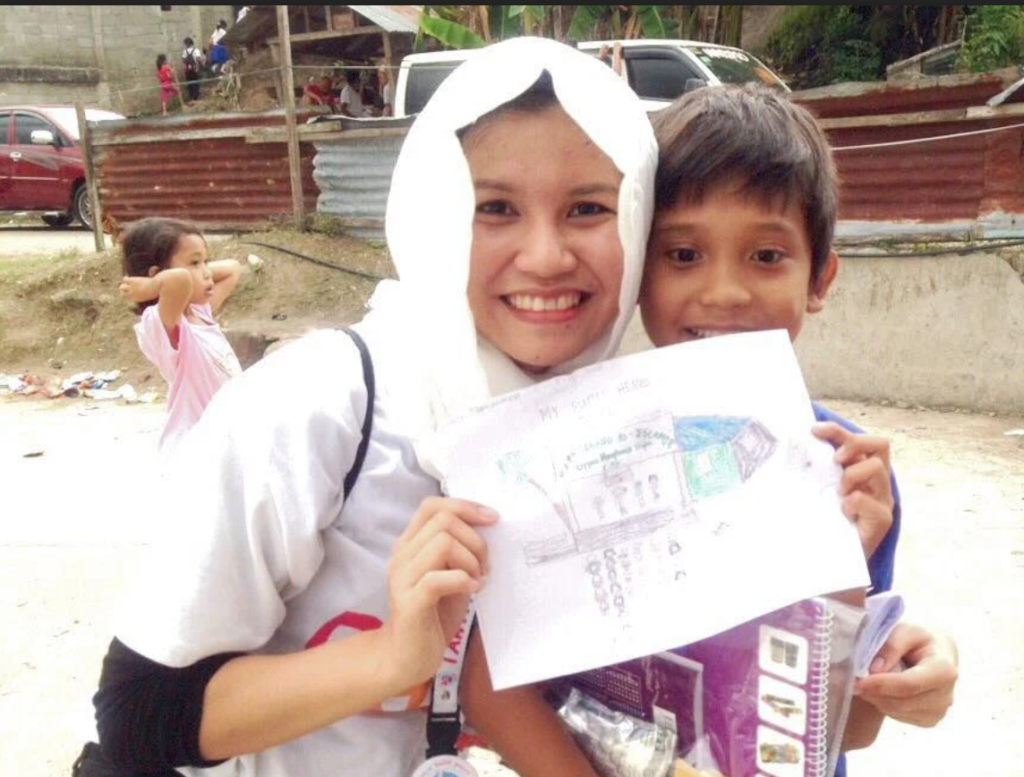
I have to say that every experience with TPBPM especially when we are doing fieldwork is a memorable one. But if there is one thing that struck me the most is during our 3-hour peace education session in Marawi City at the height of the Marawi Siege. One of the facilitators approached me and introduced a kid to me and shared that he (the kid) idolize me and wanted to be like me when he grow up, someone who teaches other children, especially in their area where conflict and war are thriving. I did not expect that I will have an impact on that child given that we did the session for only 3-hours. My takeaway in that session is that – every moment is very precious as we may leave a mark on every child or person’s life. It was then I fully appreciated one of the guiding principles of TPBPM that we hold into – unless we teach our children peace, someone else will teach them violence. Thus, no time is wasted when we show kindness to every person. It is actually through our actions and words, whether we make or break a person. In those trying times, I am humbled to spark hope and draw inspiration to the child to do something not just for himself but also for the benefit of everyone; it allowed him to have a vision of something he can hold into, something beautiful and peaceful.
What have you learned from TPBPM that you have applied in your life?
I am inspired by the words that before world peace, inner peace. This is something that I believe for we cannot give what we don’t have and attaining inner peace is not absolute and actual but an outcome of continuous practice. Being a peace advocate is not about perfection for compassion with oneself and others will always be tested due to the circumstances surrounding us every day. But at the end of the day, it is us and only we will have control over our thoughts, words, and actions. Our conscious effort and choice, one day at a time will be our source of peacefulness and will radiate to everyone surrounding us as well. As Thich Nhat Hanh said, peace is when your thoughts, words, and actions are in harmony.
What’s your advice for young women who wants to advocate for peace?
As we move towards a more complex society, we need more young women and people to advocate for peace in order to transform the cycle of violence and conflict into a generation of peacebuilders. We need more young and passionate people who will educate the next generation on the art of peaceful living. Teaching peace goes beyond every gender and age. It is high time that we share whatever we have, for every act of kindness is an act of peace.
Peace is when you are able to sit still and have positive thoughts no matter what negativity surrounds you.



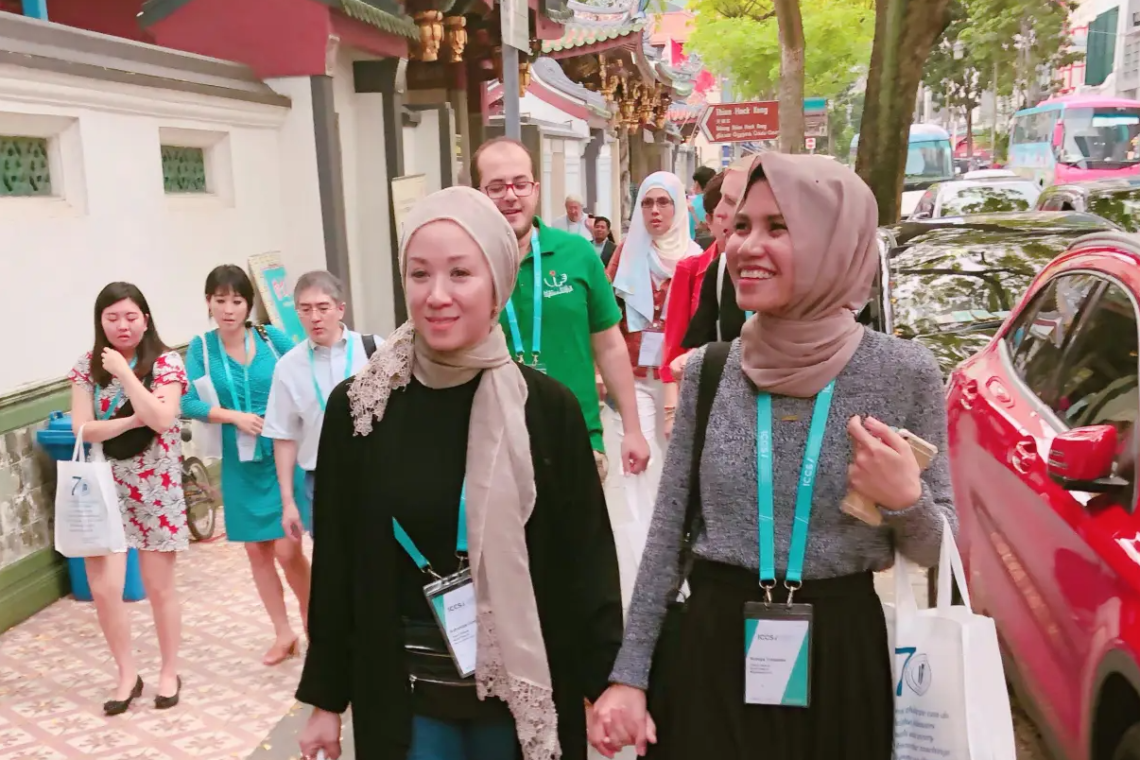
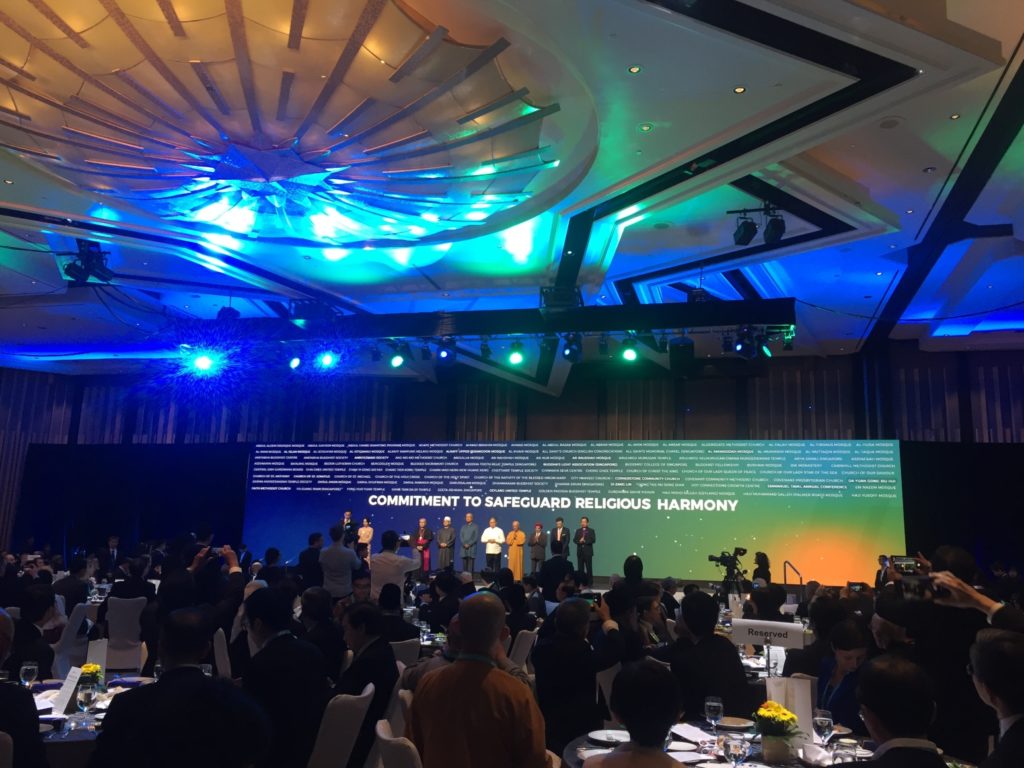
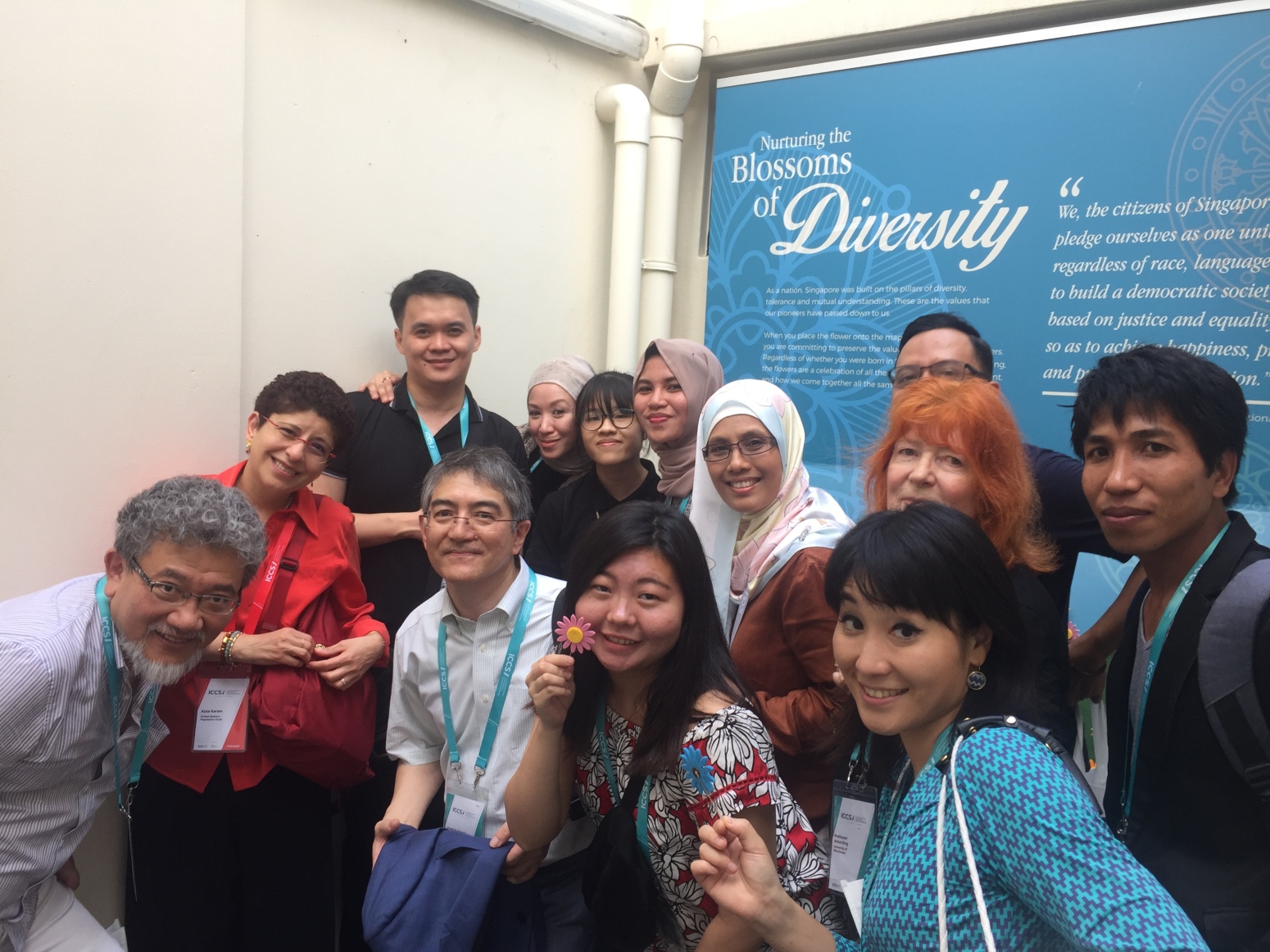

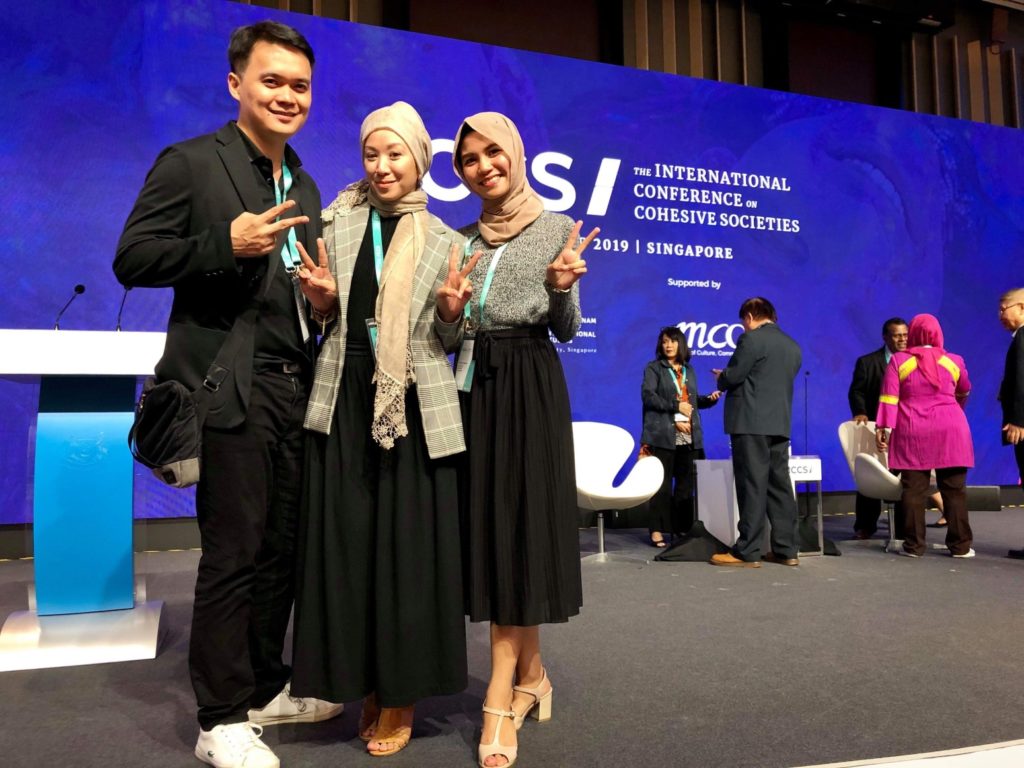
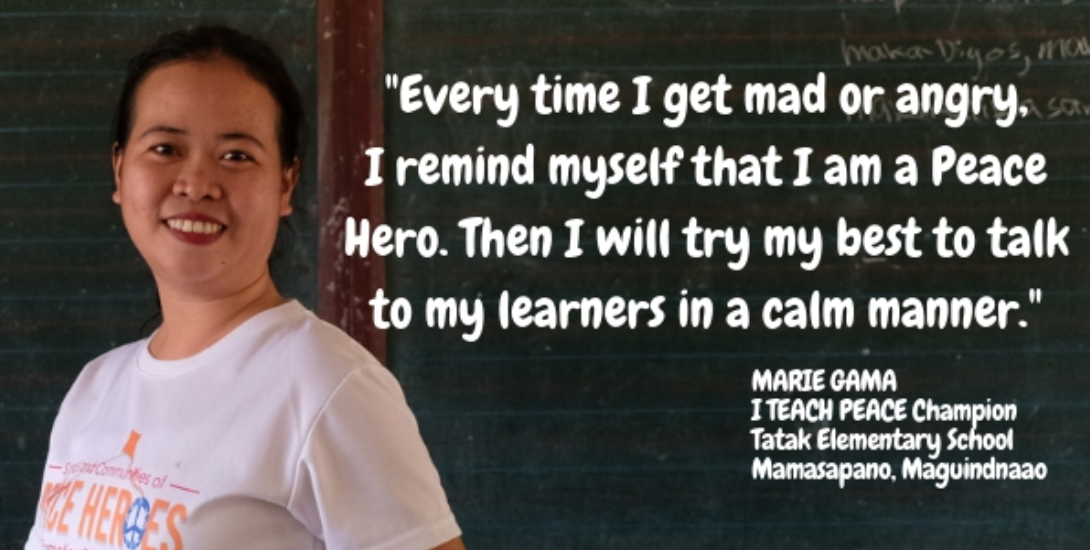

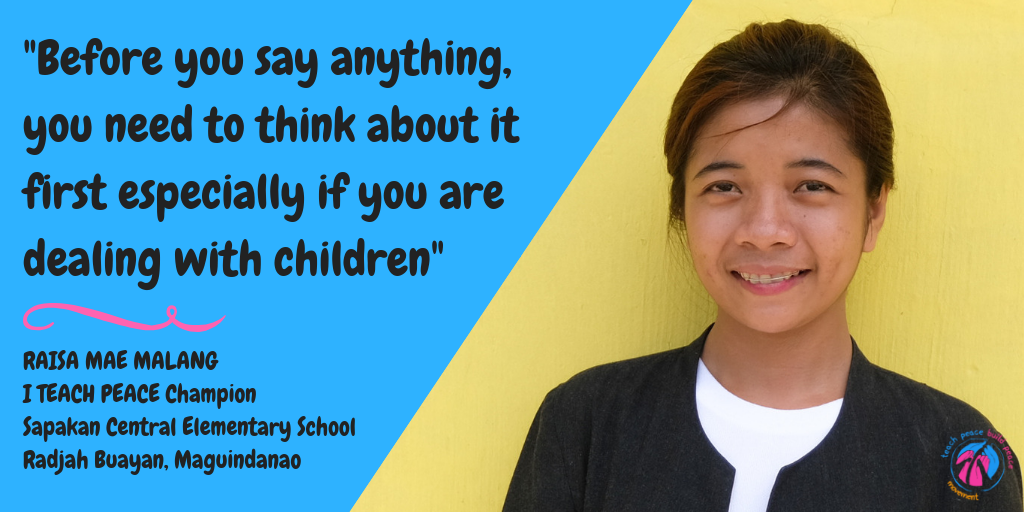
![“I now have a clear vision of what it [peace] is, of how I can apply it not just in my classroom but also in myself…”.png](https://teachpeacebuildpeace.com/wp-content/uploads/2018/10/I-now-have-a-clear-vision-of-what-it-peace-is-of-how-I-can-apply-it-not-just-in-my-classroom-but-also-in-myself…”.png)
